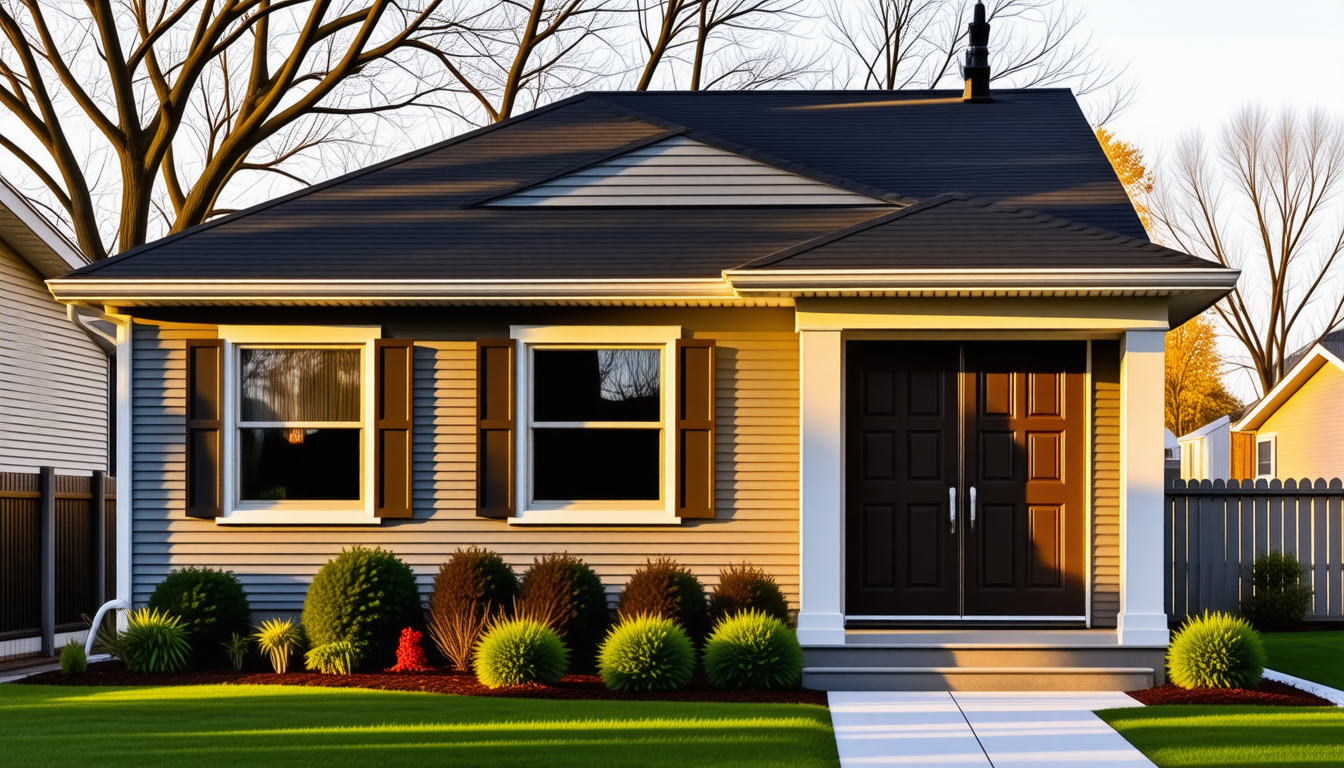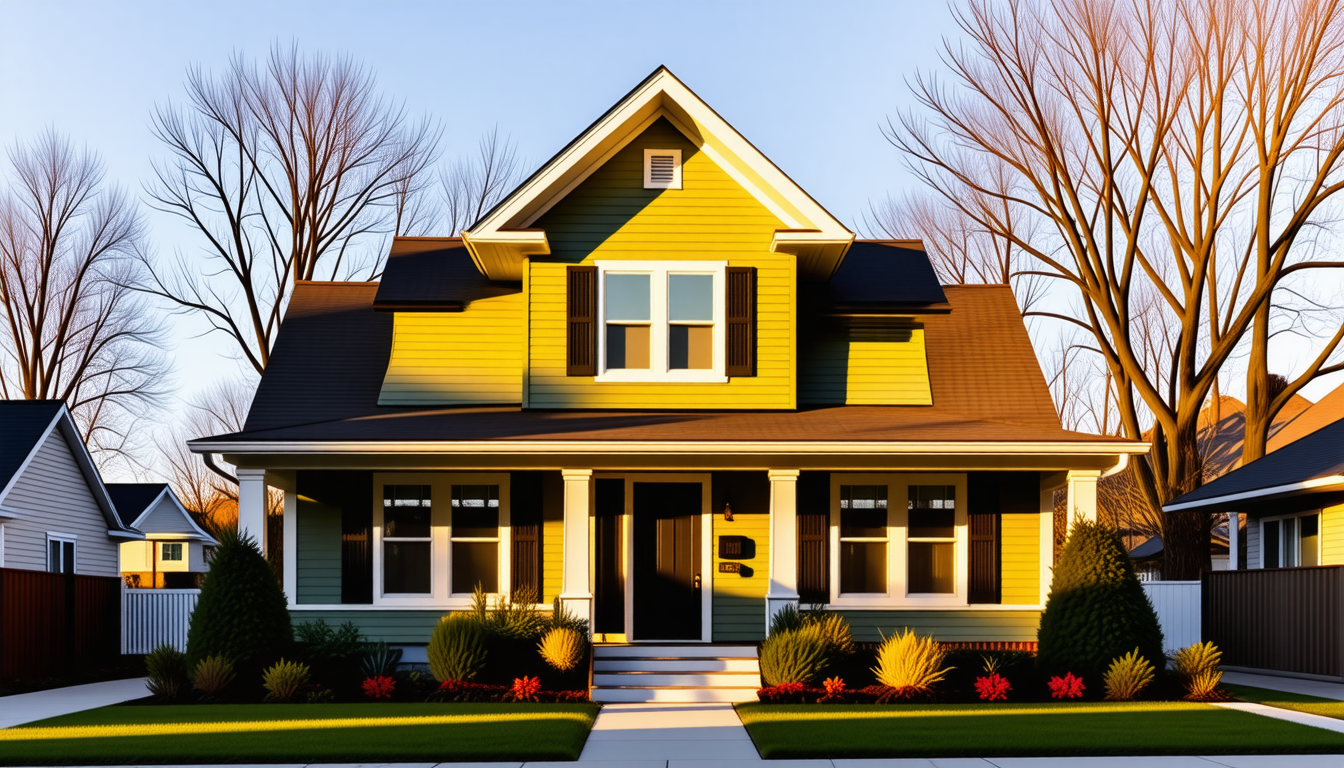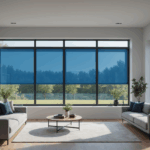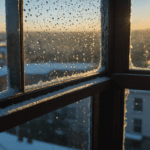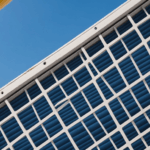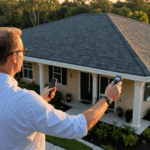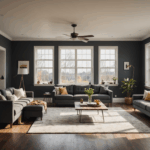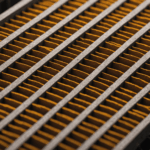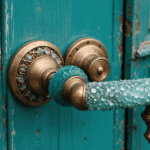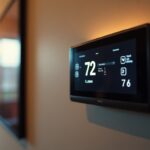Siding replacement is an essential component of home improvement that significantly enhances both the aesthetic appeal and functional performance of a property. One of the primary benefits is the immediate impact on your home’s exterior. New siding can transform a dated or worn-out facade into a fresh, modern look that catches the eye. This rejuvenation not only improves the overall appearance but also sets a positive first impression, potentially increasing your home’s marketability and property value.
Beyond aesthetics, siding replacement also contributes to improving the structural integrity and energy efficiency of your home. Modern siding materials are designed to be more durable, providing an added layer of protection against weather elements such as wind, rain, and UV rays. This not only helps in maintaining the structural soundness of the home but also reduces long-term maintenance costs, which can be a decisive factor in renovation ROI.
The energy efficiency of your home can also see a noticeable boost with new siding. Many contemporary siding options come with improved insulation properties. This enhancement minimizes heat loss during winter and keeps your home cooler in summer, effectively reducing energy bills. Energy-efficient homes are highly desirable in the real estate market, which can increase your home’s value if and when you decide to sell.
- Enhanced curb appeal and aesthetic transformation.
- Increased property value and marketability.
- Improved home insulation and energy efficiency.
- Greater protection from environmental factors.
- Potentially lower home maintenance costs.
To further comprehend the advantages of siding replacement, consider the comparative benefits that each type of siding material offers. The following table presents a simplified view of various siding options and their benefits:
| Material | Durability | Energy Efficiency | Maintenance |
| Vinyl | Moderate | Good | Low |
| Fiber Cement | High | Excellent | Moderate |
| Wood | Moderate | Poor | High |
| Brick | High | Excellent | Low |
Each siding material brings its own set of benefits, and choosing one aligns with both your aesthetic preferences and functional needs is key to maximizing the benefits of your siding replacement.
choosing the right material
When selecting the right material for your siding replacement, several factors come into play that can affect the overall success and satisfaction of the renovation project. Here’s a step-by-step guide to help you choose the best siding material for your home exterior:
- Evaluate Your Climate and Environment:
- Consider the typical weather conditions in your area. If you experience harsh winters or intense sun, opt for materials that offer excellent resistance to these elements, like fiber cement or brick.
- For areas with high humidity or frequent rainfall, materials such as vinyl or treated wood that resist moisture can prevent issues like mold growth and water damage.
- Consider Energy Efficiency Needs:
- Choose materials that come with good insulation properties to enhance your home’s energy efficiency. Fiber cement and insulated vinyl siding are excellent options for reducing heat loss and maintaining a comfortable indoor temperature.
- Investigate energy ratings or certifications on siding products to ensure that they meet your home’s specific insulation requirements.
- Balance Aesthetics and Home Style:
- Match the siding with your home’s architectural style. For instance, wood siding complements traditional or historic homes, while sleek metal siding may suit modern designs.
- Consider color and texture options that blend well with your neighborhood while adding a personal touch to enhance curb appeal.
- Maintenance and Longevity:
- Assess your willingness and ability to maintain the siding material. Vinyl and brick require minimal maintenance, whereas wood needs regular painting and sealing.
- Think about the long-term benefits versus maintenance costs. While wood may offer classic beauty, modern materials like fiber cement can provide the same aesthetic appeal with lower upkeep.
- Determine Your Budget and Renovation ROI:
- Research the initial costs and installation fees for each material option. Less expensive materials like vinyl may offer immediate savings, but more expensive options like brick or stone can add greater long-term value.
- Consider potential savings over time from lower energy bills and maintenance expenses. The renovation ROI can be influenced by both initial costs and long-term financial benefits.
- Consult with Professionals:
- Seek advice from contractors or siding specialists. They can provide insights into which materials are most suitable for your home external needs and local conditions.
- Request samples or visit homes with similar installations to visualize the final result and ensure it aligns with your expectations.
Ultimately, the right siding material will fulfill both practical and aesthetic requirements, enhancing your home’s exterior while offering a worthwhile return on investment through improved durability and energy efficiency.
the impact on curb appeal
Replacing the siding on a house can have a transformative effect on a home’s appearance, significantly boosting its curb appeal. When a house boasts new siding, it immediately looks fresh and well-maintained, conjuring an inviting image that not only delights the homeowners but also impresses visitors and passersby. An aesthetically pleasing facade is crucial for homeowners looking to sell their property, as it can create a memorable first impression and pique the interest of potential buyers. This visual appeal generated by up-to-date siding often results in increased marketability and a higher valuation of the property.
Beyond enhancing beauty, the visual impact of new siding also contributes to a sense of pride for the homeowner. Arriving at a home that looks sophisticated and well-kept is a daily pleasure that enhances the homeowner’s satisfaction and sense of accomplishment. Whether opting for vibrant hues that stand out or more subtle, neutral tones that blend seamlessly with the surroundings, updating the siding can reflect personal style and taste, allowing homeowners to infuse their unique personality into the exterior design.
Moreover, new siding can cleverly accentuate architectural features of the home that might have previously gone unnoticed. Strategic use of textures or complementary colors draws the eye to the structure’s design elements, enhancing the overall style and sophistication of the home’s exterior. Such transformative power not only makes the home more aesthetically appealing but also conveys a sense of thoughtful design and attention to detail, which can positively influence a viewer’s perception of the entire property.
Importantly, as tastes evolve and new trends emerge, updating the siding ensures that a home keeps pace with current design standards. Many homeowners choose to replace their siding as a means to modernize their home, thereby preventing it from appearing outdated in comparison to neighboring properties. In this way, siding replacement is not merely a means of maintenance but an opportunity to refresh and modernize the home, positioning it as a stylish beacon within the community.
While the costs associated with replacing siding might vary depending on the materials and the extent of the work, the investment can yield significant returns. The improvement in curb appeal alone can substantially increase a home’s attractiveness on the market, often leading to a quicker sale and potentially higher offers from buyers. Thus, it is evident that siding replacement is as much about personal expression and pride as it is about practical enhancement of a property’s value. By investing in quality siding that complements and elevates the home exterior, homeowners can enjoy both immediate and long-term benefits, making every homecoming a joyful experience.
cost considerations and ROI
When contemplating siding replacement, it’s essential to approach the project with a keen understanding of the financial outlay versus the potential return on investment (ROI). This consideration is crucial as it influences decisions about materials, installation, and long-term benefits. In essence, thinking about the cost implications goes beyond just the initial expense; it involves evaluating the long-term payoffs that enhance the home’s overall value.
First and foremost, it is important to recognize that the cost of siding will vary depending on the material choices and the scope of the project. Materials like vinyl, while affordable and easy to install, might offer different aesthetic and performance characteristics compared to premium options such as fiber cement or wood. Each material comes with its unique set of costs, not only in terms of purchase but also regarding installation. This requires homeowners to weigh the upfront costs against the longevity and durability each material can provide. For example, while wood siding might present immediate visual appeal, it generally demands more maintenance and potential future repairs, thereby impacting the renovation ROI over time.
The installation itself constitutes a significant portion of the cost. Engaging skilled professionals who ensure precise and quality installation can mitigate future expenses related to repairs or maintenance failures. Often, attempting a DIY approach can lead to unforeseen costs if mistakes occur, thus underscoring the value of investing in expert installation to safeguard against such risks and potentially enhance the home exterior’s structural integrity and aesthetic allure.
Moreover, one must consider how siding replacement can impact energy efficiency and, consequently, utility costs. New siding materials often come with improved insulation properties, which can significantly affect energy use. By reducing heating and cooling expenses, homeowners can realize a positive return on investment over time. For instance, high-performing options such as insulated vinyl or fiber cement can contribute significantly to maintaining comfortable indoor temperatures, decreasing the dependency on HVAC systems. These energy savings accumulate year over year, effectively offsetting the initial siding replacement costs.
When evaluating the renovation ROI, it is beneficial to think about the increased property value that accompanies a superior and aesthetically pleasing home exterior. The right siding can elevate curb appeal, making the home more attractive to potential buyers. A home that stands out because of its updated aesthetics is likely to draw more interest and yield a higher market price. This integration of stylistic updates with functional improvements makes siding replacement a worthwhile investment, as the visual enhancement can translate into higher appreciation of the property value.
Lastly, various programs and incentives might be available to aid in offsetting siding replacement costs. Home improvement grants or energy efficiency rebates can reduce the burden of the initial investment. Applying these financial aids to the project budget ensures that siding replacement remains financially feasible while maximizing long-term benefits. By thoroughly researching these options, homeowners can strategically plan their siding project to align with both aesthetic ambitions and practical financial goals.
Understanding cost considerations is key to unlocking the potential return on investment that siding replacement offers. Whether you prioritize immediate aesthetic upgrades or seek long-term energy savings, effective planning and careful selection of materials ensure that the siding replacement project will enhance the home exterior while delivering a solid renovation ROI.
popular siding trends
In recent years, siding trends have evolved to reflect both the modern homeowner’s aesthetic preferences and advancements in material technology. This shift in trends is important as it plays a crucial role in determining the visual appeal and the overall ambiance of the home exterior, as well as impacting the potential renovation ROI.
One of the dominant trends is a move towards more natural and earthy tones. Homeowners are gravitating towards colors that blend seamlessly with nature, including shades of green, brown, and muted pastels. These colors not only create a soothing and balanced look but also enhance the house’s harmony with its environment, bringing a touch of tranquility to the home setting. Moreover, even darker hues are gaining popularity. Deep blues, charcoals, and even black provide a dramatic and sophisticated appearance, allowing houses to stand out and make a bold statement.
Another trend gaining momentum is the use of mixed-materials siding. By combining materials such as wood with stone or brick accents, homeowners can achieve a more textured and layered look. This trend caters to those who want to add depth and interest to their property, offering a unique visual effect that enhances curb appeal significantly. Materials like board and batten, shiplap, and lap siding are often used in these combinations, creating a versatile mix that can suit various architectural styles from modern to rustic.
Additionally, sustainability has become an influential factor in siding trends. With an increased focus on environmental responsibility, the demand for eco-friendly siding materials such as fiber cement and recycled metal has surged. These materials not only fulfill aesthetic desires but also align with the growing global emphasis on reducing environmental impact. Fiber cement, for example, mimics the look of wood and offers durability and low maintenance, meeting both environmental and practical needs.
Furthermore, modern design innovations such as vertical siding and wide lap profiles are trending, creating sleek and contemporary appearances. Vertical siding is particularly favored in modern designs due to its ability to elongate the home’s profile, providing a clean and minimalist look that appeals to today’s design enthusiasts. Wide lap siding offers a similar modern aesthetic with the added benefit of broader, more pronounced shadow lines that enhance the depth and dimension of the exterior.
Technology advances have also broadened the scope of what’s possible in siding design, incorporating features like insulated siding panels to promote energy efficiency. These panels not only support sustainability goals by reducing energy usage but also offer enhanced insulation, further boosting the home’s renovation ROI through potential energy savings.
In conclusion, siding replacement offers an exciting opportunity to rejuvenate your home exterior, enhancing both style and value. Whether through embracing modern trends or prioritizing durability and efficiency, upgrading your siding can provide immediate visual appeal and contribute to long-term financial benefits. By carefully selecting materials and keeping abreast of the latest developments, homeowners can ensure their properties are not only aesthetically pleasing but also market-ready and environmentally sustainable.
